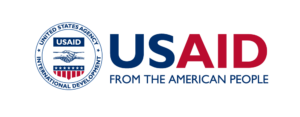In 8 villages across the Banni, we set up experimental plots to monitor grassland recovery under the two prevailing Prosopis-management methods practiced by local communities, removal and lopping (for charcoal). (Although Banni has traditionally been a landscape used by pastoralists, many people have now come to depend for their livelihoods on charcoal made from Prosopis. We thus wanted to see whether—apart from Prosopis removal—such a ‘control-through-utilization’ of Prosopis could also result in grassland recovery between lopping cycles.)
In each village, in addition to the Prosopis-removal and lopping plots, we also had control plots where Prosopis remained. Apart from this, we had four reference grassland plots across the Banni. Each year from 2016 to 2019, following the monsoon, we monitored the regeneration of herbaceous vegetation to record changes in vegetation cover and species richness. We also monitored regeneration of Prosopis and weeded out Prosopis seedlings appearing in the plots.
Over the 4-year period we saw a significant increase in herbaceous vegetation cover and species richness in the Prosopis-removal plots, compared to the controls. (There was no significant recovery of grassland vegetation in the lopped plots, however, presumably because the lopped Prosopis grew back too rapidly to allow for it.) The increased herbaceous vegetation in the Prosopis-removal plots comprised annual and perennial forbs, annual grasses, and sedges, but lacked the perennial grasses that were dominant in the reference grasslands. The absence of perennial grasses could be because they failed to disperse to these sites, or because conditions were not conducive for their establishment. A next step would be to try and introduce perennial grasses and monitor their success.
We were unable to extend this experiment beyond 2019. Our Sahjeevan team-members have, since then, extended this work by carrying out larger scale Prosopis removals (3800 ha in total) across the Banni, in collaboration with the local pastoralist association (BPUMS), and in consultation with village elders in 21 of Banni’s villages. In addition to monitoring these sites for grass and herbaceous species regeneration, and Prosopis regeneration (and re-removal), they have dispersed grass seeds in these sites as an additional intervention.

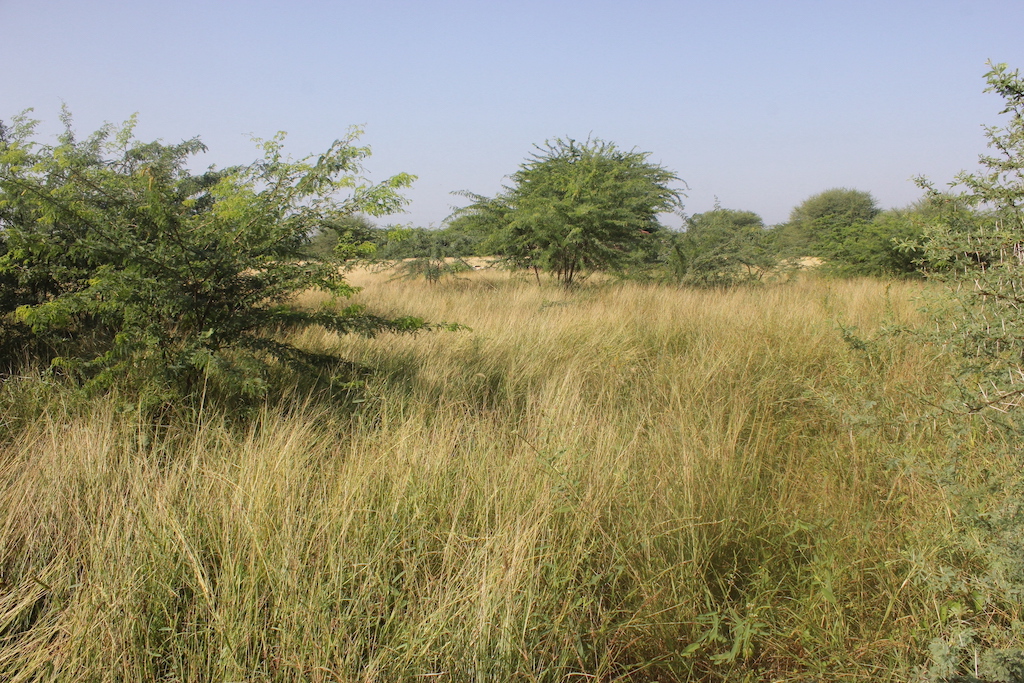
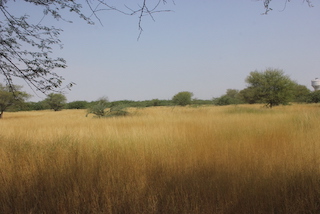
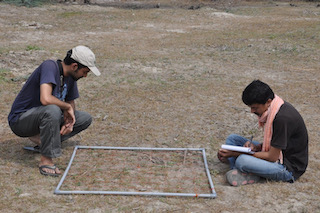
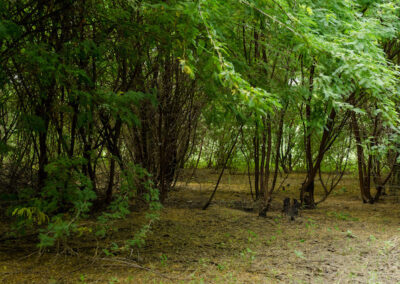
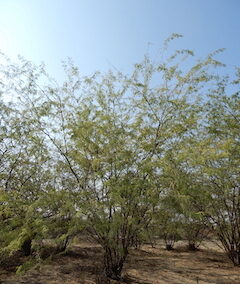
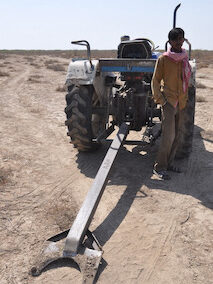
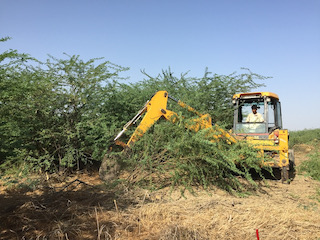
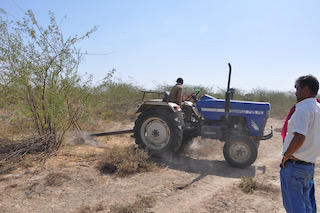
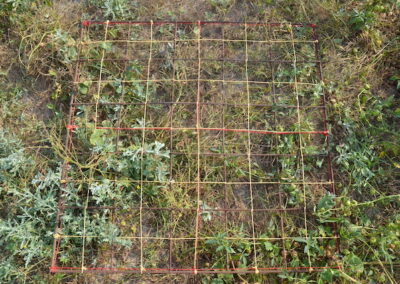
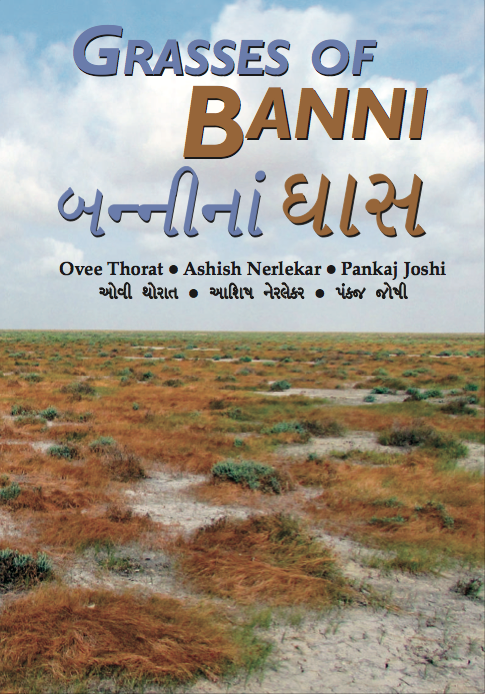
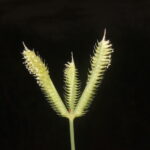
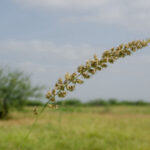
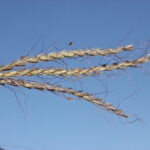
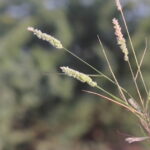
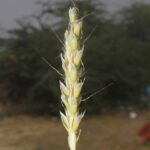
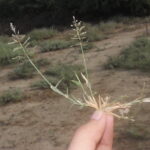
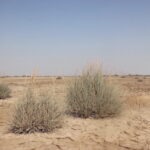
 and
and 